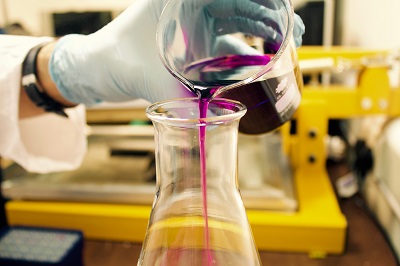The registration of Class IIa medical devices with the Australian Therapeutic Goods Administration (TGA) is the process through which a manufacturer or sponsor lists a medical device on the Australian Register of Therapeutic Goods (ARTG) before it can be legally marketed or supplied in Australia. The process involves demonstrating that the device meets Australian regulatory standards for safety, quality, and performance.
What is a Class IIa Medical Device?
Class IIa devices are classified as medium-risk medical devices. These include devices that have a limited level of invasiveness and a low risk of harm to the patient. Examples of Class IIa medical devices include:
- Hearing aids
- Dental fillings
- Blood pressure cuffs
- Catheters (short-term use)
These devices must meet Australian safety and performance requirements before being approved for sale.
How to Apply for Class IIa Medical Device Registration with the TGA
To register a Class IIa medical device with the TGA, you must follow these steps:
Step 1: Appoint an Australian Sponsor
For overseas manufacturers, you need to appoint an Australian sponsor to handle the registration process. The sponsor is the entity responsible for the device's compliance with TGA regulations. They are the legal entity that applies for the device registration and ensures ongoing compliance.
Step 2: Conformity Assessment
Before applying for ARTG inclusion, the device must undergo a conformity assessment. This step ensures that the device meets the essential principles of safety and performance.
There are two primary pathways for conformity assessment:
Using Overseas Certification: If the device has been CE marked (EU), you can use the certification as part of the evidence in the TGA application. The TGA recognizes conformity assessment documents from comparable regulatory bodies.
TGA Conformity Assessment: If no overseas certification is available, you must apply for a TGA conformity assessment. This involves the TGA reviewing the manufacturer’s quality system and the device's technical documentation.
Step 3: Prepare and Submit the Application
Once conformity assessment has been completed, the sponsor must submit an application via the TGA Business Services (TBS) portal. This step requires:
- Manufacturer’s Evidence: This includes documentation demonstrating the conformity assessment, such as CE certification or other supporting documents.
- Device Information: You need to provide technical details of the device, including its classification, intended purpose, and the Global Medical Device Nomenclature (GMDN) code.
- Device Labeling: Information related to the labeling, instructions for use, and packaging of the device must also be included.
Step 4: Pay the Fees
There are fees involved in the TGA application process, including the application fee and potentially an evaluation fee if the TGA needs to conduct a full review. The cost varies based on the device type and the amount of evaluation needed.
Step 5: TGA Review
Once submitted, the TGA will review the application. The review may include an assessment of the conformity assessment documents, technical file, and safety/performance data.
For devices that already have a CE mark, the review process is typically faster, as the TGA may not need to conduct a full assessment.
Step 6: ARTG Inclusion
If the device meets all requirements, it will be included in the Australian Register of Therapeutic Goods (ARTG). Once listed, the device can be legally supplied in Australia.
The sponsor will receive an ARTG certificate that confirms the device's approval for supply in Australia.
Step 7: Post-Market Obligations
After the device is listed on the ARTG, the sponsor is responsible for complying with post-market obligations. These include:
- Monitoring Adverse Events: Reporting any safety incidents or adverse events related to the device.
- Updating Technical Files: Ensuring that any changes in the device’s design or manufacturing process are reflected in the technical documentation.
- Responding to TGA Inquiries: The TGA may request additional information or post-market data at any time.
Summary of the Application Process:
- Appoint an Australian Sponsor: Mandatory if the manufacturer is overseas.
- Conformity Assessment: Complete a conformity assessment using overseas certification or TGA certification.
- Prepare Technical Documentation: Including device details, GMDN code, labeling, and manufacturer’s evidence.
- Submit via TBS Portal: Register the device through the TGA Business Services portal.
- Pay Fees: Pay the applicable registration and evaluation fees.
- TGA Review: The TGA will review the submission.
- ARTG Inclusion: If successful, the device will be listed in the ARTG.
- Post-Market Compliance: Comply with post-market obligations such as safety monitoring and reporting.
If you're unsure about the classification or specific requirements, it’s advisable to consult the TGA's regulatory guidance documents or seek help from a regulatory consultant.
.png)
.jpg)

.png)

.png)